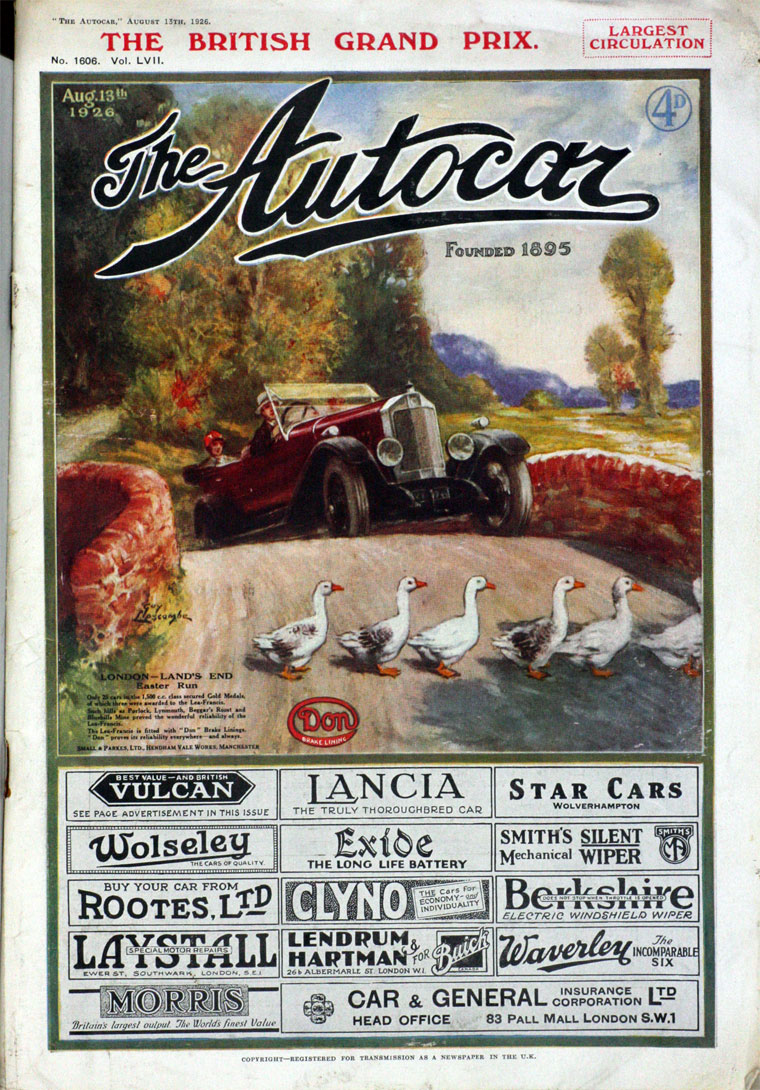I mentioned in
a previous post that one of the most valued books in my library is a copy of the 1929
Tit-Bits Yearbook - a sort of annual almanac that was published by the
Tit-bits periodical - and here it is!
(I had no idea of just what market the Tit-bits magazine was aimed at until I read that Wikipædia link and it made me wonder at how popular journalism has changed over the years. Personally-speaking I wouldn't read the likes of The Daily Mail or The Sun today but looking back at the contents of this book and also copies of early "tabloids" like The Daily Sketch it's strange to see how tame and yet interesting the contents are compared to now and I can't help thinking about how some innocence and decorum has maybe been lost in the last 80 years. Or perhaps I'm looking at the whole thing through sepia-tinted glasses and our newspapers and annuals will be seen in the same way by historians in 2091?)
Anyway, I said I'd fashion a few blog posts out of it and I'm a man of my word, so here's the first comprising the section on etiquette. A lot of it, while perhaps slightly obvious (although maybe only to the likes of us!) could, ideally(!), still hold true today. Some of it, however, less so. In any case, I think you'll enjoy it.
ETIQUETTE
Etiquette is not a matter of hard and fast rules, and although we have evolved a number of accepted laws, they can be broken with impunity when common sense demands. Good manners can be summarized as putting another person's comfort - not only comfort of body but comfort of mind - before your own. {hear hear!} If all the writers of etiquette books have told you that you should treat every woman as a duchess, and you meet a dear, homely soul who would think such treatment a practical joke on your part and not good taste, base your conduct on your own good sense.
Here are one or two points which are worth remembering as they may help to make the wheels of social intercourse run smoothly:
- A gentleman is always introduced to a lady, not the lady to the gentleman. Single girls are introduced to married women, and young men to older men.
- When walking with a lady, do not offer her your arm unless it is necessary to help her across a thoroughfare; walking arm in arm is inconvenient to other pedestrians and often results in the lady being brushed and bumped by passers-by.
- If you meet a lady and wish to speak to her, do not detain her, but walk with her for a short distance in the direction in which she is going, and remember always to walk on the side of the pavement nearest the kerb. This last applies when walking with two ladies.
When Dancing
The etiquette of the dance hall has changed enormously of late years, and practically every one of the old rules has been scrapped.
It is usual nowadays to take a partner to a public dance and remain in her company the whole evening. If you do not take a partner, you are, of course, at liberty to ask any member of the opposite sex for the pleasure of a dance, introductions or the good offices of the M.C. being dispensed with nowadays.
If your request is refused - and there is, by the way, no reason to feel snubbed, for the girl may be engaged for the dance, or is feeling tired - do not ask another girl sitting nearby, as to do so would make the first girl feel that you did not care whether you danced with her or not!
After each dance you should escort your partner to her seat, and remain with her for a few seconds, or until her next partner puts in an appearance.
Elaborate steps and "stunts" are permissible if your partner can do them, and providing that they do not inconvenience other dancers, but to "show off" in any circumstances is very bad form.
When the interval dance is over, and you have no appointment for refreshments with another partner, you should ask your partner if you can take her to the refreshment-room. If she has a party of friends present - and few girls go to dances alone - she will probably decline your invitation, but she will appreciate your kindly thought.
If she does accept, be sure to escort her back to the dance floor when the interval is over.
You should not, if you take a partner with you, ask any one for a dance unless your friend has a partner, or unless she herself asks you to dance with another.
At Private Dances
At private dances it is not quite the thing to have every dance with the same partner, for, obviously, it is not being sociable, but, if you are asked to bring a friend, you should see that she is not neglected. You must, of course, reserve the interval dance for her and take her down to supper.
Be sure to ask your hostess for a dance, and, on leaving, do not omit to thank her for your evening's enjoyment.
Do not ask a lady you do not know for a dance, but seek the good offices of a friend or your hostess for an introduction.
Dining out
To most of us our first experience of dining out, whether at a public function or at a private house, is anticipated with dread rather than with pleasure.
The golden rule is: Don't be nervous. If you do have the misfortune to make a slip, remember that it will probably pass unnoticed unless you call attention to it by your own embarrassment.
Knives, forks, and spoons are laid in the order in which they are to be used, beginning with those on the "outside", and, as waiters serve wine, and naturally know the correct glasses, these need have no terrors.
If you do not like wine or mineral waters, ask to be served with plain water; this is quite the usual thing, and no one will think you namby-pamby.
You can talk to the guests on either side of you without the formality of introductions.
Men sit on their partner's left hand, and, when going in to dinner, should offer the right arm to the lady they have been asked to escort.
At a public dinner remain by your chair until the chairman sits, and, at a private dinner party, until your hostess is seated.
Do not smoke until your host invites you to do so.
At public functions smoking is generally allowed after the toast of the King has been drunk.
Dress
As to dress, the old rule that full evening dress must be worn when ladies are present has fallen into disuse, except in the case of very formal dinners and balls.
The dinner jacket can be worn at nearly every function where "dress" is required nowadays - at supper dances, informal dinners, public dances, the circle or stalls of the theatre, and so on.
A white wing collar and stiff shirt and black bow and waistcoat are worn with the dinner jacket. Socks must be black, the handkerchief white linen or lawn, and the shoes patent leather (they should be of the "lace up" variety; "pumps" are very old fashioned).
With the more formal dress or "tail" coat, white waistcoat and bow are worn.
Bows must be hand tied. {quite right!}
For business wear, "morning dress", i.e. black jacket and vest and striped cashmere trousers are strictly correct, but none of us wish to appear at the office in the same uniform garments year in and year out, and so a lounge suit is worn by way of variation.
There are, however, one or two little points to watch even in less formal dressing: Do not wear a soft collar with morning dress, but either a wing collar or a smart double collar, and a neat tie or hand-tied bow.
Black patent leather shoes are quite in keeping. Brown shoes, in this connection, are right out of the question.
The secret to good dressing is suitability to the occasion on which clothes are worn. It would, for instance, be obviously silly to wear a bowler hat with white flannels - an exaggerated combination which no one would think of wearing, yet, in smaller points, one sees such incongruities, spats worn with a flannel suit, gloves with a blazer, and so on.
Letter-writing
Letter-writing, simple as it would seem, is beset with pitfalls for the unwary.
The best rule is to say what you mean in the fewest possible words.
Do not use long-winded and grandiloquent phrases which can be better expressed in a couple of words.
The old business houses had a stereotyped beginning for all their letters, "We beg to acknowledge receipt of your esteemed favour." Nowadays, however, we begin, "Thank you for your letter," which means the same, is quite simple, and saves a lot of time.
Some people imagine that stilted phrases mark them as being business-like, whereas, of course, the unfortunate person who receives the letter has to waste a lot of time unravelling verbal knots.
All business letters can begin "Dear Sir, or Sirs," and end "Yours faithfully".
There is no need to assure any one that you are their obedient servant - they probably would not believe it in any case!
For more intimate correspondence, "Dear So-and-So" is the usual beginning, and "Yours truly" or "Yours sincerely" a suitable ending.


































